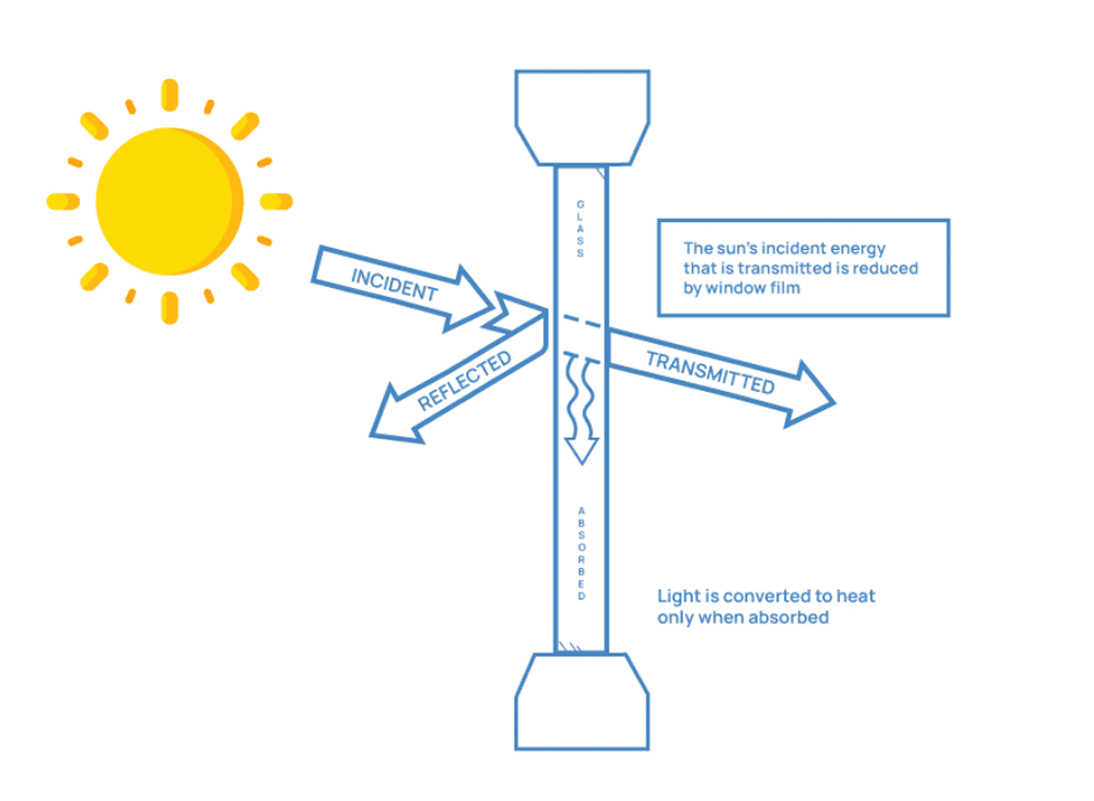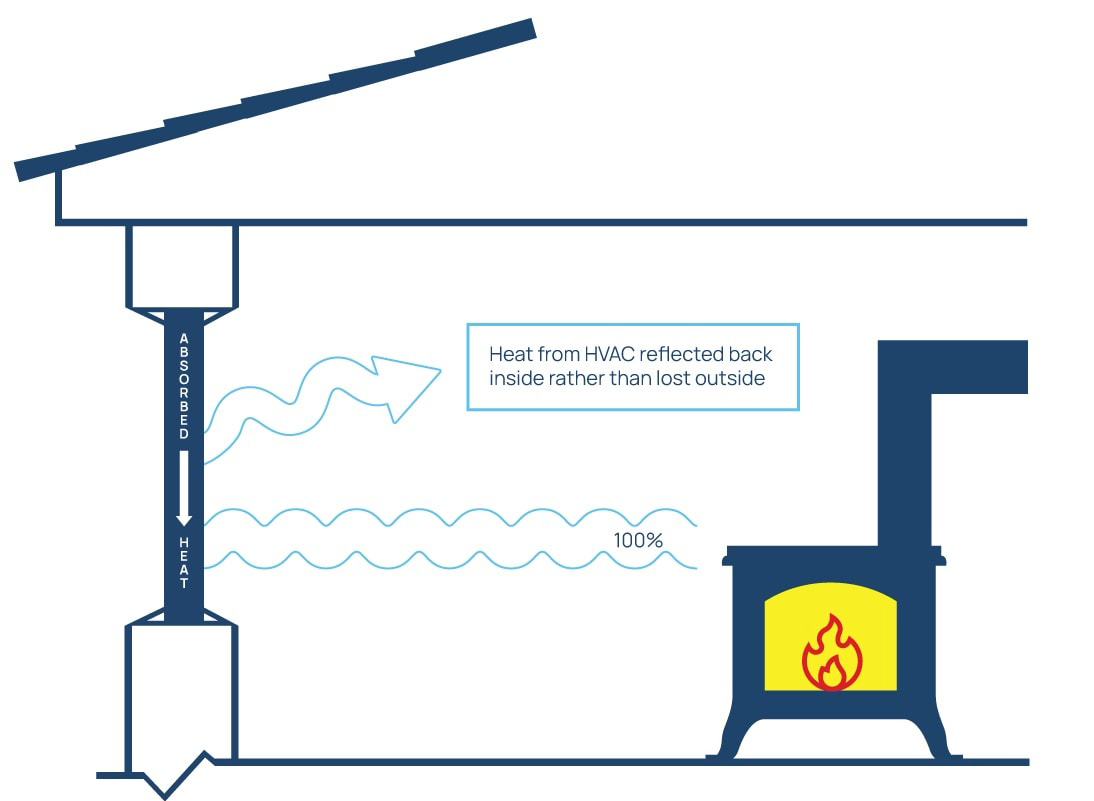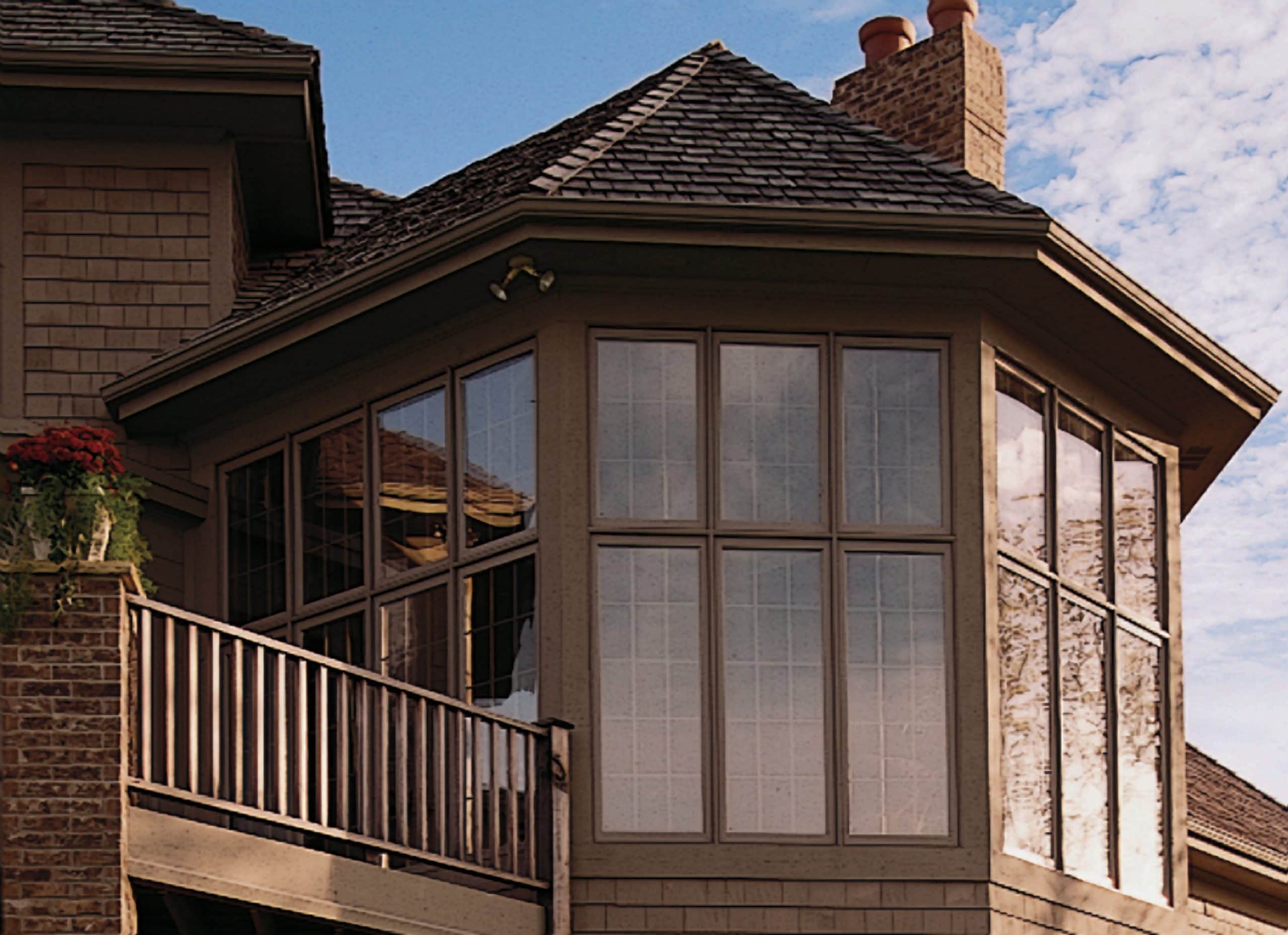3M Thinsulate Climate Control Window Films
Improve the Insulation of Residential & Commercial Windows
3M Company holds the original window film patent dating back to 1966. Since then, window film has evolved significantly in appearance and function thanks to technological advancements. In 2016, 3M introduced Thinsulate Climate Control Window Film, a nearly invisible window film that keeps out the sun’s heat in the summer and retains man-made heat during the winter. It is almost the equivalent of adding an extra pane of glass at a fraction of the cost of window replacement and without changing the appearance of the house or building.
At a Glance

Reduce Carbon Footprint

Reduce Heating & Cooling Bills

Like adding an extra pane of glass

Nearly Invisible

Warrantied by 3M

Impact of 3M Thinsulate Climate Control Window Film
The 3M-owned brand name, Thinsulate, is appropriate for this innovative film as the term suggests insulation from extreme weather. Just think of Thinsulate gloves, scarves, hats, and boots. Its effect on existing windows is significant; especially when you consider that it is approximately the same thickness as a Post-it Note and not an extra piece of glass separated by a ½” air gap.
The table below illustrates the impact of Thinsulate Climate Control Window Film on the U-Value and Solar Heat Gain Coefficient (SHGC) of standard clear glass window units. The numbers speak for themselves. Adding 3M Thinsulate Climate Control Window Film lowers a window’s SHGC and U-Value considerably, almost to the same extent as replacing single pane glass with double pane, or double pane glass with triple pane.
U-Value Before | U-Value After | Improvement | SHGC Before | SHGC After | Improvement | |
|---|---|---|---|---|---|---|
Single Pane (1/4") | 1.03 | 0.62 | 40% | 0.82 | 0.53 | 35% |
Double Pane (1/4", 1/2" air gap, 1/4") | 0.47 | 0.35 | 26% | 0.70 | 0.51 | 27% |
The Value Proposition
3M’s Thinsulate Climate Control Window Film presents a compelling value proposition to commercial buildings looking for envelope retrofits to comply with carbon footprint reduction mandates such as New York City’s Local Law 97, Boston’s Building Energy Reduction and Disclosure (BERDO), and Washington’s Clean Energy DC. Window replacement is the typical solution for those commercial decision-makers looking to increase the efficiency of their buildings’ curtain wall glazing. However, window replacement is expensive, disruptive to tenants, and may have load implications if the building’s structure is unable to withstand the additional weight. Consider the following options:
Cost of window replacement
$5,000 per pane
Cost of
window insert
$2,000 per pane
Cost of 3M Thinsulate Window Film
$500 per pane
From an efficiency standpoint, window replacement is usually most effective. Neither inserts (think of a sophisticated storm window) nor window films will offer the same energy performance. And window film will rarely offer the same performance as inserts. However, the increased performance of window replacement and inserts comes at a price. 3M Thinsulate represents a 90% savings over window replacement and a 75% savings over window inserts.

Cooling Season
During the cooling season (hotter months), window film increases the amount of the sun’s incident energy that is reflected and absorbed by the glass, thereby reducing what is transmitted into the building.

Heating Season
During the heating season (colder months), window film increases the amount of man-made heat from the HVAC system that is reflected back inside the glass, thereby reducing what is lost to the outside.
Product Information
Film Construction | Polyester |
Film Thickness | 3.5 mils (.0035”) |
Roll Widths | 36”, 60” & 72” |
Adhesive Type | Pressure Sensitive (PSA) |
Warranty | Residential: Limited Lifetime |
Do you need to be a 3M Authorized Window Film Dealer to purchase? | Yes |
Architectural Specifications | |
Brochure | |
Technical Data Sheet | |
Warranty | |
Family Card |













